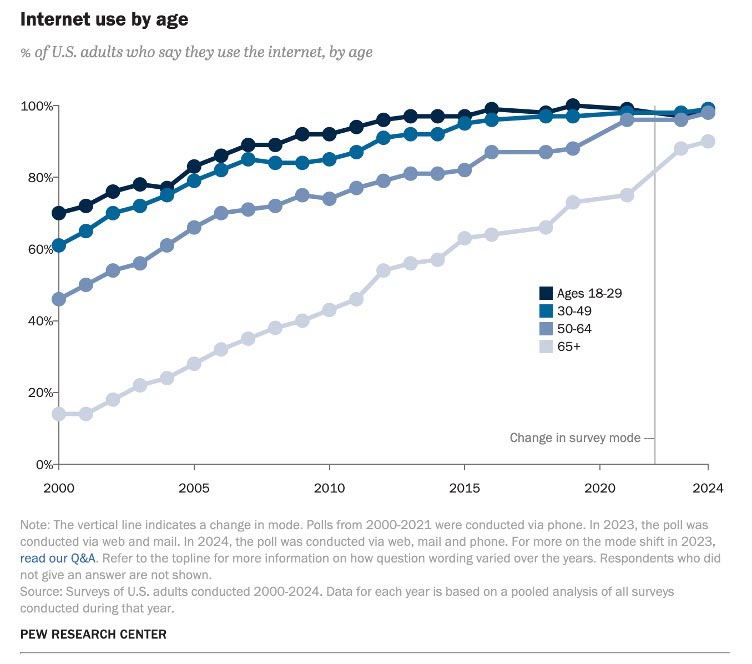Clients just getting started with their holiday marketing? They’d better get it right. According to a survey of e-commerce professionals and consumers conducted by Edelman DXI on behalf of Mailchimp, two-thirds of marketers estimate that the holiday season drives between 21%-40% of their company’s annual revenue.
Of course, this means that holidays sales drive between 21%-40% of their competitors’ annual revenue, too. That’s a lot of emails clogging up inboxes! Indeed, Mailchimp reports that 8 billion (yes, billion with a “b”) emails were sent by Mailchimp customers between Thanksgiving Day through Giving Tuesday alone.
Email platforms like Mailchimp are increasingly offering powerful functionality, but this has its downsides, too. Nearly three in four marketers report being overwhelmed by all of the options. So Mailchimp recommends a more focused, personalized approach. In its report “This Holiday, It’s Personal,” it boils it down to six:
- Use email to drive your core message. “SMS and social media are valuable, but email (still) reigns supreme,” notes the report. According to the survey data . . .
- 9 out of 10 marketers say email marketing is “very to extremely” important to their overall marketing strategy.
- 4 in 5 customers prefer email over any other form of communication.
- 95% of marketers agree that email marketing has “excellent” ROI.
Where’s print? Does it not have a higher response rate according to the DMA than email? Wait, but Mailchimp doesn’t offer a direct mail option, so for the purposes of the Mailchimp study, direct mail may not exist.
- Take advantage of the data you have and ask for the data you need. The study results mirror those of previous research that found that customers are more willing to share their data if it means having a more personalized experience. Which data points are customers most likely to share in exchange for personalized content? Again mirroring previous research: gender, age, product preferences, interests or hobbies, and location, in that order.

How can you get this data? Mailchimp recommends just asking. Start with your email signup form. That’s the perfect place to ask customers about their interest, location, or demographics. You can also request that people update their profiles in your database to receive more relevant content. Or you can send a survey to ask more directly.
- Use segments and AI-powered tools to deliver more relevant messages without all the work. This is something we are hearing about more and more—the use of AI to analyze data for marketing. This is one of the ways that email platforms offer value to their customers—get them to incorporate multiple channels, including online stores, so they can use the platforms’ machine learning to create predictive segments rather than requiring customers to do it themselves.
In the report, Mailchimp gave the example of the Atlanta History Center, which used social data like demographics of its followers on each platform and combined that with engagement metrics to determine which content gets the greatest number of clickthroughs across all campaigns. “For each segmented audience, we are slowly learning what type of content they want to see from us and what they are most likely to engage with online,” noted Ryan Nex Glenn, the center’s VP marketing and brand experience, cited in the report.
- Build trust in your brand to drive future sales. “Customers want you to share with them, then sell to them.” Novel concept—build relationships first. Yet, Mailchimp found that 90% of customers would use their email marketing to prioritize anything else besides brand-building. Of course, this is short-sighted. Seventy percent of customers like receiving emails that aren’t just trying to sell them something. Not only this, but the survey found that they see such companies as “compassionate and sincere.”

But if you are going to promote a product or service, by all means, don’t send irrelevant content. Mailchimp found that 83% of customers have received emails claiming to be personalized that don’t actually reflect their interests.
One-to-one personalization too challenging? Try simple segmentation instead. Mailchimp customers saw 45% higher average click-through rates between November 21-December 1, 2022 simply by segmenting their campaigns—5.73% (segmented) compared to 3.96% (nonsegmented).
Other ways to build trust?
- Give customers a glimpse behind the scenes.
- Offer tutorials, customer spotlights, and other educational content.
- Offer business updates or preview of new products.
- Send targeted automations to keep customers engaged all weekend long. “Email volume drops over Black Friday/Cyber Monday weekend, but consumers don’t stop engaging,” notes the report. Translation: When your competitors are quiet, step into the vacuum. “Schedule automated email for Saturday or Sunday when there may be less competition in customers’ inboxes.”
- Offer tiered promotions to reward your best customers. “Personalized offers can help marketers stand out from the crowd.” Well, maybe. Mailchimp’s survey found that 89% of marketers are planning to offer a promotion or discount during the holiday season. So rather than it helping you stand out from the crowd, it prevents you from standing out from the crowd in the wrong way—by not offering one!

Want to read the rest of the report and see all of the insights, including mini-case studies? Download it here.









